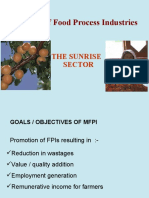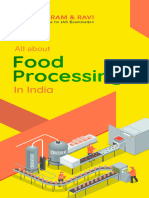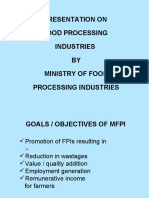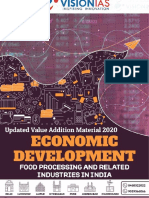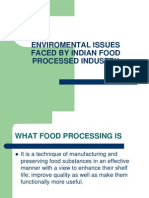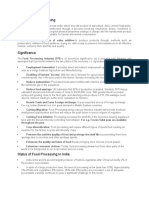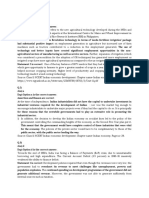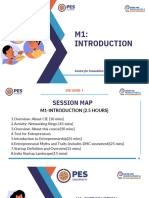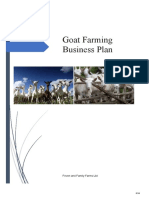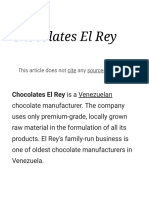0% found this document useful (0 votes)
33 views10 pagesGeography (Mains) 40 - Daily Class Notes (English)
The document discusses the factors influencing the location of food processing industries, including market proximity, infrastructure, agricultural raw materials, environmental and climatic factors, and economic considerations. It also outlines government initiatives to boost the food processing sector in India, such as various schemes aimed at enhancing infrastructure and support for micro-enterprises. Additionally, it highlights the challenges faced by the sector, including supply chain issues, access to finance, and the need for innovation and quality standards.
Uploaded by
asthanaamrit1999Copyright
© © All Rights Reserved
We take content rights seriously. If you suspect this is your content, claim it here.
Available Formats
Download as PDF, TXT or read online on Scribd
0% found this document useful (0 votes)
33 views10 pagesGeography (Mains) 40 - Daily Class Notes (English)
The document discusses the factors influencing the location of food processing industries, including market proximity, infrastructure, agricultural raw materials, environmental and climatic factors, and economic considerations. It also outlines government initiatives to boost the food processing sector in India, such as various schemes aimed at enhancing infrastructure and support for micro-enterprises. Additionally, it highlights the challenges faced by the sector, including supply chain issues, access to finance, and the need for innovation and quality standards.
Uploaded by
asthanaamrit1999Copyright
© © All Rights Reserved
We take content rights seriously. If you suspect this is your content, claim it here.
Available Formats
Download as PDF, TXT or read online on Scribd
/ 10

